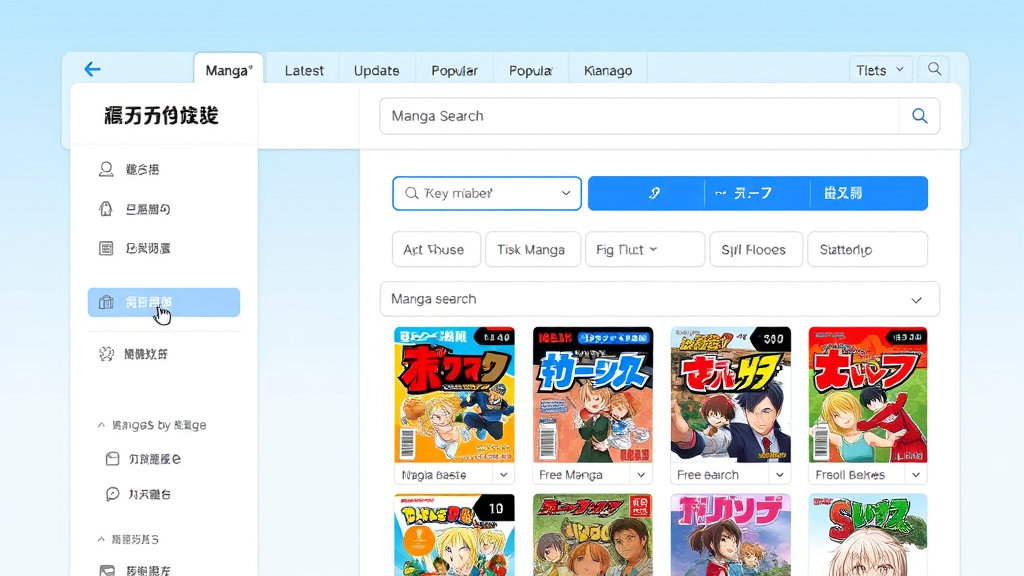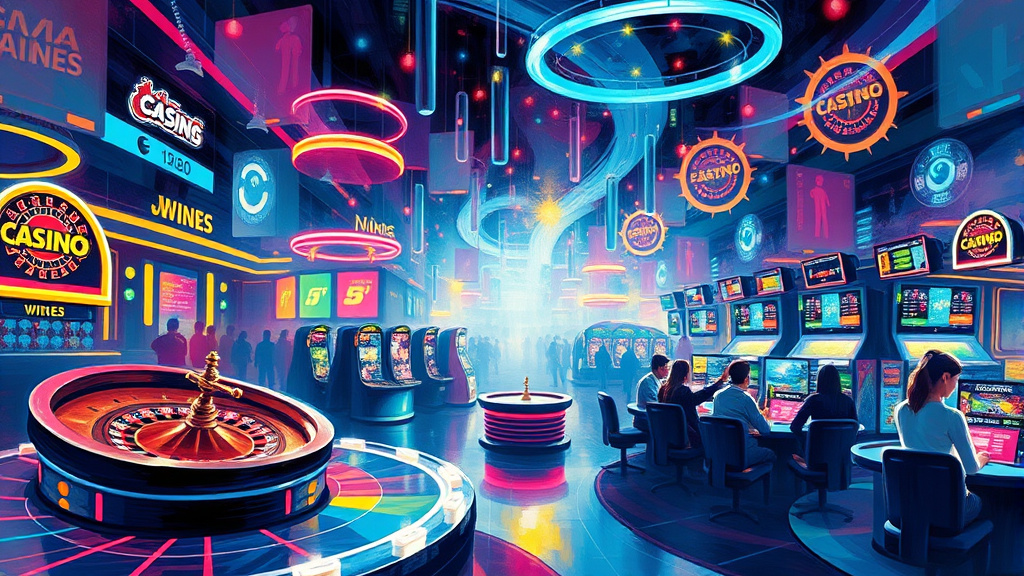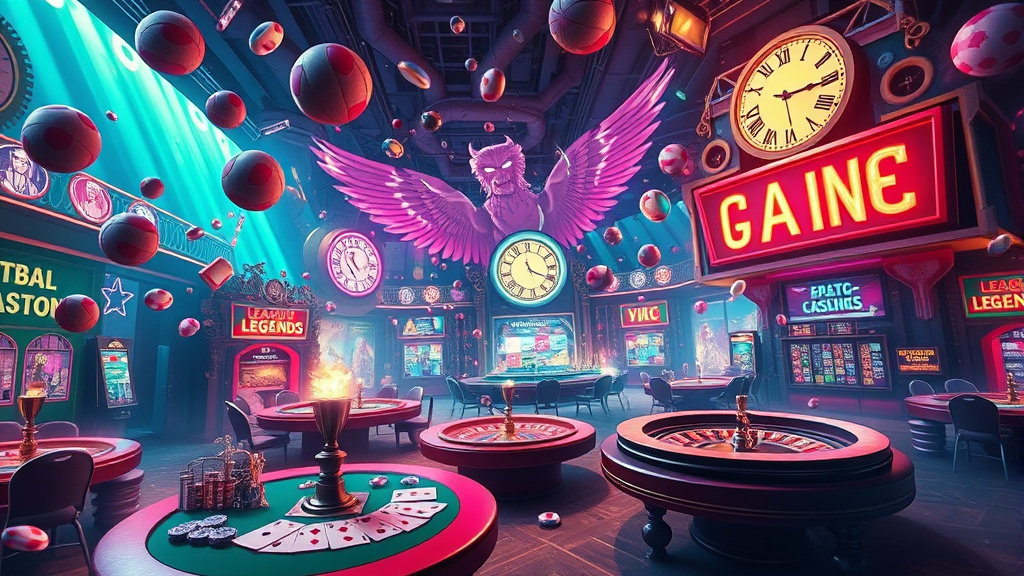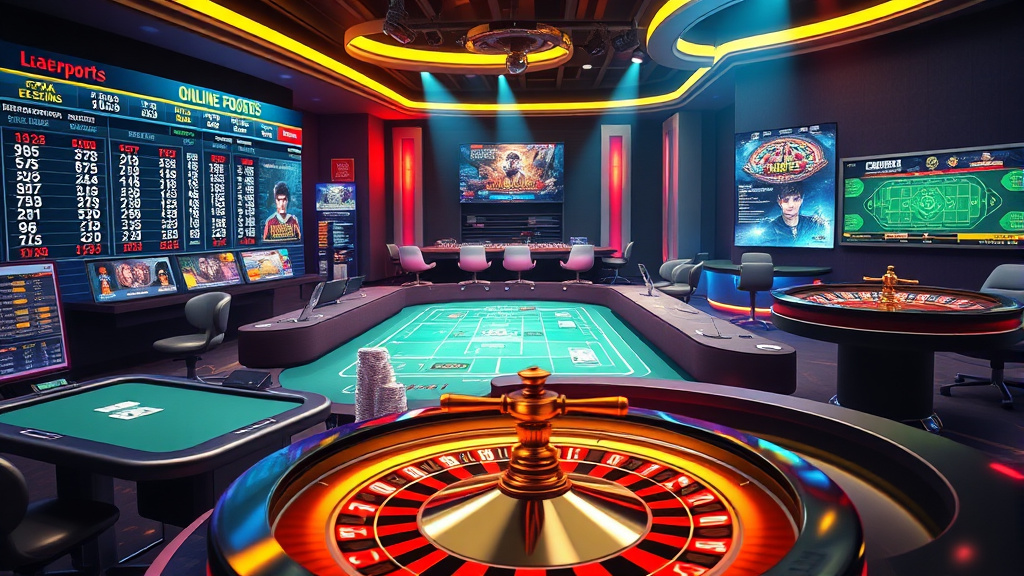R-rated mangas have long fascinated a niche yet influential segment of the manga universe, blending shock, artistry, and controversial themes into compelling narratives. These works challenge conventional boundaries, delving into explicit content that often provokes debate about ethics, artistic integrity, and cultural perceptions. Whether it’s intense violence, erotic escapades, or taboo-breaking stories, r rated mangas evoke strong reactions—drawing both admiration and criticism for their provocative approach to storytelling. In this article, we explore the complex landscape of R-rated mangas, from their artistic elements and societal implications to their market trends and psychological appeal.
The Allure and Ethics of R-Rated Manga: A Comprehensive Overview
R-rated mangas captivate audiences by daring to confront the darker, more mature aspects of human experience. Their allure lies in the freedom of expression they afford artists and writers to explore themes often sanitized or ignored in mainstream manga. This genre provides a platform for discussing complex issues such as sexuality, violence, mental health, and morality—raising questions about what should or shouldn’t be depicted in artistic form.
However, the ethics surrounding these works are often debated. Critics argue that some R-rated mangas may exploit their themes for shock value or profit, potentially sensationalizing sensitive subjects like sexual violence or extreme gore. Conversely, defenders suggest that such works serve as a mirror to society, challenging conventions and promoting candid discussion about taboo topics. The line between artistic expression and exploitation is blurred, making the discourse around R-rated manga richly layered and deeply personal for creators and viewers alike.
 Hình minh họa: r rated mangas – new manga websites
Hình minh họa: r rated mangas – new manga websitesBeyond Shonen: Exploring the Diverse World of Explicit Manga
While shonen manga dominates the global market with its action-focused, family-friendly content, R-rated mangas carve out a distinct space for adult stories filled with explicit material. This genre branches into multiple niches—erotica, horror, psychological thrillers, and dystopian tales—providing content tailored for mature audiences seeking more profound or provocative narratives.
This diversity expands the manga medium beyond traditional boundaries, encouraging creators to experiment with storytelling techniques and visual styles that might not fit within the constraints of standard manga. For instance, some titles explore intense themes like power dynamics or societal decay, blending graphic content with literary depth. For readers, this diversification means greater access to stories that resonate with their personal experiences, fantasies, or philosophical inquiries, enriching the overall tapestry of manga as an art form.

Content Warnings and Reader Discretion: Navigating Mature Themes in Manga
Given the explicit nature of R-rated mangas, content warnings have become essential tools for guiding reader discretion and ensuring that audiences are informed before engaging with these works. From descriptions of sexual violence and drug abuse to graphic violence and psychological trauma, these themes demand responsible consumption and awareness.
Readers must approach R-rated mangas with a critical eye, recognizing their potential to trigger emotional distress or reinforce harmful stereotypes. While some titles aim to raise awareness or critique societal issues through stark portrayals, others may inadvertently perpetuate problematic tropes. Therefore, curating a safe reading environment involves understanding personal limits, utilizing content warnings, and engaging with critics or communities that provide nuanced insights into the works’ context and messaging.
From Gore to Erotica: Deconstructing the Elements of R-Rated Manga
The core elements defining R-rated mangas include graphic content such as violence, sexual scenes, and intense psychological themes. These components serve various narrative functions—heightening tension, revealing character depths, or challenging moral boundaries. The starkness of violence or sexuality can act as a mirror to real-world issues, prompting viewers to reflect on societal norms or human nature.
On a stylistic level, artists employ techniques like exaggerated expressions, visceral imagery, and experimental panel layouts to intensify the emotional impact. The juxtaposition of beautiful art with disturbing themes often creates a dissonance that reinforces the genre’s provocative power. Understanding these elements helps demystify the genre’s appeal and appreciate the craftsmanship involved, even when the content pushes viewers outside their comfort zones.
Artistic Expression or Exploitation? A Critical Look at Risqué Content in Manga
One of the most contentious debates in the realm of R-rated manga concerns whether such content is genuine artistic expression or mere exploitation. Artists use explicit scenes to evoke visceral reactions, challenge societal taboos, or tell meaningful stories. Nevertheless, there is a fine line where the depiction of sexual or violent acts risks crossing into sensationalism or gratuitousness, potentially trivializing serious issues.
Critics argue that some titles prioritize shock value over narrative depth, using explicit content as a marketing gimmick. Meanwhile, supporters contend that these works reflect authentic facets of human experience, requiring no moral judgment but rather a nuanced understanding. As with any form of art, context matters—examining the intent, message, and execution of each manga helps clarify whether it elevates or degrades the medium. This critical lens encourages ongoing dialogue about artistic responsibility and cultural standards in manga.
The Impact of Censorship and Regulation on R-Rated Manga Creation
Censorship significantly influences how R-rated mangas are conceived, produced, and distributed across different regions. Many countries have strict laws regulating sexual and violent content, leading to edits, censored scenes, or outright bans that alter the creator’s original vision. This environment often stifles artistic freedom, forcing writers and artists to navigate complex legal and cultural terrains.
Despite these challenges, some creators find innovative ways to circumvent restrictions—using symbolism, metaphor, or implied rather than explicit imagery to communicate their themes. In addition, the digital age provides greater access to uncensored material through online platforms, creating a dual market where censored and uncensored works coexist. The regulatory landscape remains a dynamic factor shaping the evolution of R-rated manga and raises broader questions about freedom of expression versus societal protection.
The Psychology Behind the Appeal: Why Readers Are Drawn to R-Rated Manga
The intense content of R-rated mangas taps into fundamental human curiosities about mortality, sexuality, power, and moral ambiguity. For many readers, engaging with such material offers a cathartic release, allowing them to explore complex emotions or taboo topics safely within fiction. The genre often satisfies a desire for visceral, unfiltered storytelling that challenges societal norms and confronts uncomfortable truths.
Psychologically, the allure may also stem from the thrill of risk—the adrenaline of confronting graphic material or taboo subjects without real-world consequences. Moreover, the artistry involved in depicting extreme scenes can evoke admiration for technical skill and creative daring. Understanding these underlying motivations helps explain why R-rated mangas maintain a dedicated following, despite—or because of—their controversial nature.
Notable R-Rated Manga Series: Recommendations and Reviews for Mature Audiences
Several R-rated manga series have left indelible marks on the genre, often praised for their storytelling, artistic excellence, and willingness to tackle difficult themes. Titles like Berserk, known for its brutal fantasy world and psychological depth, demonstrate how graphic content can serve a larger narrative purpose. Others, such as Gantz, push the boundaries of violence and sexuality within science fiction landscapes, provoking conversation about morality and human nature.
For those seeking recommendations, it's important to approach these titles with respect for their mature themes and content warnings. Reviews often highlight the importance of context—recognizing whether the graphic scenes contribute meaningfully to the story or risk crossing into exploitation. Thoughtful engagement with these series allows readers to appreciate their artistic achievements while remaining aware of the challenges they present.
The R-Rated Manga Market: Trends, Popularity, and Cultural Significance
The market for R-rated mangas is steadily evolving, influenced by changing cultural attitudes, technological advancements, and globalization. While traditionally underground or marginalized, these works have seen increased visibility through digital platforms and niche markets. The rise of crowdfunding, webcomics, and self-publishing has empowered creators to explore explicit content without conventional publishing restrictions.
Trend-wise, there's a burgeoning interest in themes surrounding body autonomy, consent, and psychological realism, reflecting societal conversations happening globally. Culturally, R-rated mangas serve as both a form of escapism and a mirror to society’s complexities, exemplifying manga’s capacity for intense storytelling across age groups. The genre’s popularity continues to grow as audiences seek diverse, boundary-pushing narratives that resonate with their personal and cultural identities.
R-Rated Manga and the Digital Age: Accessibility, Piracy, and Ethical Consumption
The digital revolution has transformed how R-rated mangas are accessed and consumed. Online platforms provide instant access to a vast array of titles, including uncensored works that challenge legal and cultural boundaries. While this democratizes availability, it also raises concerns about piracy, intellectual property rights, and ethical consumption. Many creators rely on sales and licensing fees for income; piracy undermines their ability to produce new content and sustain their artistic endeavors.
Furthermore, digital platforms often lack comprehensive moderation, leading to exposure to inappropriate or non-consensual content. Ethical consumption entails supporting creators through legitimate channels, respecting content warnings, and engaging with works responsibly. As the genre continues to grow, fostering awareness about digital literacy and respecting creator rights plays a crucial role in ensuring the sustainable development of R-rated manga as an art form.
Conclusion
R-rated mangas embody a complex intersection of artistic expression, societal challenge, and cultural taboo, making them a compelling yet controversial facet of the manga universe. From their bold narratives and visceral imagery to their market dynamics and ethical debates, these works push boundaries that mainstream media often shy away from. Understanding the psychological appeal and the societal implications of such content is essential for appreciating their role in both art and culture. As technology and cultural norms evolve, the landscape of R-rated manga will undoubtedly continue to challenge perceptions, inspiring both admiration and critique in equal measure.





